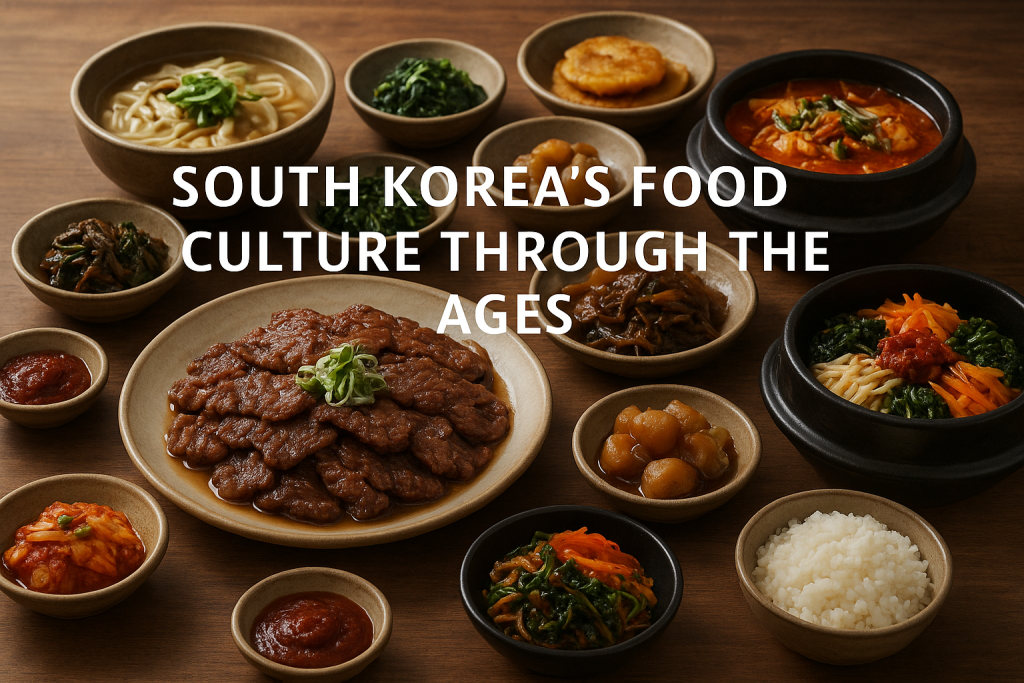Operating a London restaurant is highly viable but also comes with significant financial pressure. The rental cost is very high, the rivalry is intense, and client demands continue to grow. Restaurant owners have to make wise choices daily to survive and remain profitable. A simple program they are likely already familiar with, Microsoft Excel, is one of the most powerful tools that aid them in doing so.
Contents
Learning MS Excel for Menu Modelling
Menu modeling is the process of analyzing your menu to understand what you are selling and what you are spending. You no longer make a guess on what to sell and base it on your gut feeling, but rather on actual figures to make your judgment. Using Excel, food costs can be calculated, price differentiation can be compared, the usage of stock can be measured and the preference of customers can be analyzed.
When working with menu modeling, it is highly beneficial to become proficient with Excel. Most restaurant managers, chefs and business owners pursue in-person Excel training around Greater London to enhance their knowledge on formulas, data analysis and financial modelling. Through these classes, you will learn to move beyond the entry-level functionality and learn how to utilize more advanced tools such as pivot tables, trend analysis, conditional formatting and dynamic dashboards. Through investing in the training of Excel, you provide yourself with a competitive advantage in the industry.
Now, let’s explore the usage of Excel by London restaurants to plan their expenses, monitor sales and research which items attract the most profit to the menu.
Monitoring Costs and Supplier Prices
Ingredient prices in London can change quickly due to inflation, shipping delays or seasonal variations. This affects profitability more than most restaurant owners realise. Excel will allow you to keep a record of these price adjustments over time, so you are better placed to plan. You can make a spreadsheet listing all your products, including prices and suppliers. When a supplier raises their prices, you can change the sheet and instantly see what it will have on your menu items.
It also helps you negotiate with suppliers more effectively. When you can see a constant increase in the prices of some products, you have two options. Either seek another one or purchase more and at a relatively lower price. Excel provides you with transparency and this is vital in the control of expenses. Lack of this information can keep you operating at a loss without even realizing it.
Maximization of Restaurant Menu Prices
One of the most difficult aspects of a restaurant is setting the right price. In case of excessive cost, the customers might skip the order. When the price is very low, you will lose money. Excel assists in achieving the right balance.
Menu modeling allows you to determine the food cost percentage for each dish. This is the proportion of the selling price that is allocated to ingredients. A 25 to 35 percent food cost is a good target for London restaurants. However, it depends on the concept. Excel calculates everything automatically. You have used the formula, now you can input any figure – cost of ingredients or selling price – and see at a glance how it will impact profitability.
This will help you make quicker, more informed choices. You can experiment with various versions of the menu on Excel and then you can print anything and make alterations in reality. It is a risk-free, high-impact way to optimize your prices without disrupting your business.
Better Planning Forecasts
Planning ahead is essential. Restaurants have to speculate on the quantity of stock to purchase, the number of employees to book, and the degree of activity in each week or month. Excel is a strong forecasting tool because it can analyse historical data and identify trends. If sales have increased each December over the past three years, Excel can help you identify this pattern and prepare for the holiday season ahead.
The benefit of forecasting is that you only order what you need, and this saves on waste. It also ensures you do not run out of ingredients during a rush. Stock management will help you to make better profits and deliver more experience to your customers.
Creating Dashboards for Fast Decisions
There are also restaurants in London which prepare Excel dashboards – visual sheets which present the important information at a glance. A dashboard allows seeing the most significant information on a single page, instead of reading long tables or scrolling through numerous tabs. This may be the sales per day, top-selling products, the food cost percentage or busiest lunch times.
A dashboard can help you make quick decisions, particularly in times of rush. In case you find that a certain dish is selling significantly well, you can have more ingredients on the following day. If something is not performing well, you can do some research. An Excel dashboard provides you with clarity. This results in improved management and smooth operations.



